Home>Kitchen & Cooking>Kitchen Gadgets & Utensils>How To Boil Water Without A Kettle
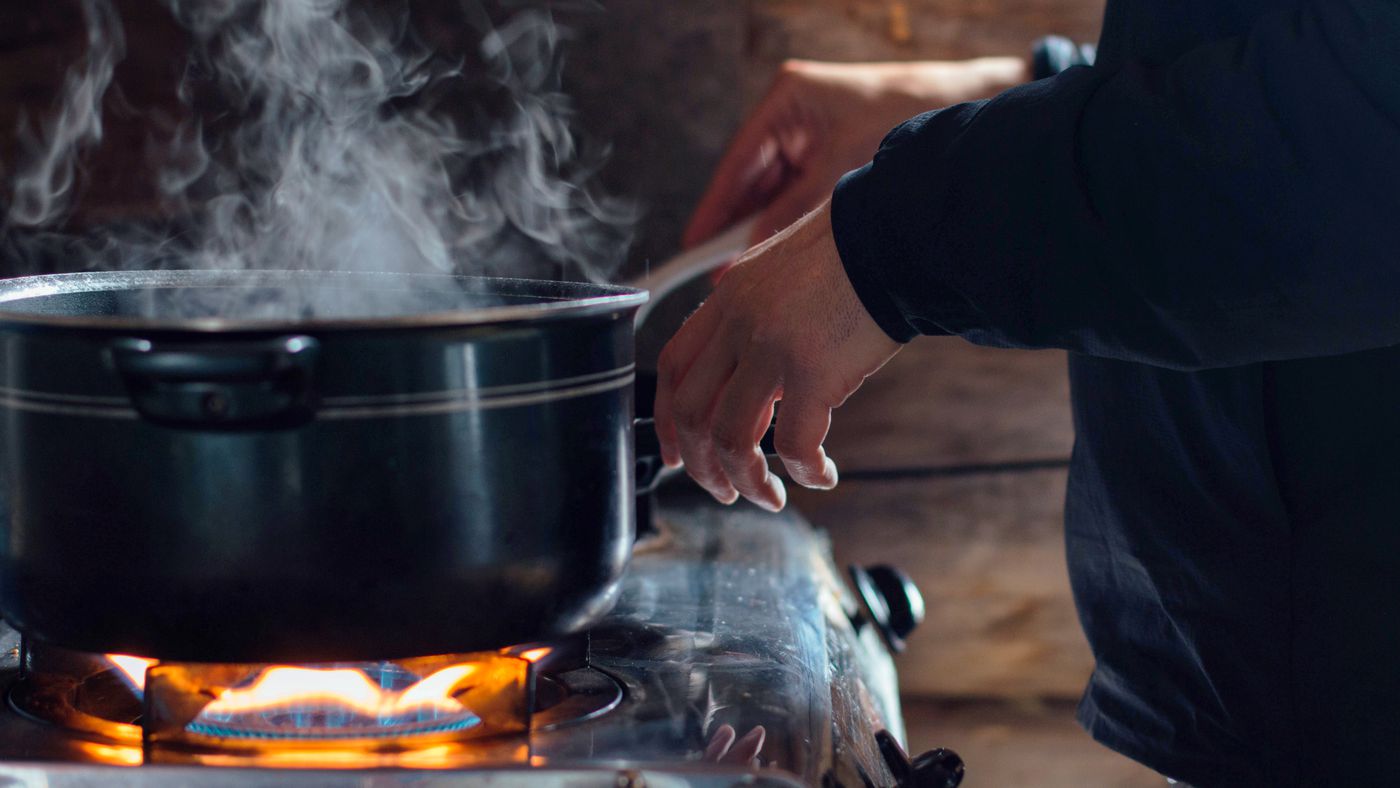

Kitchen Gadgets & Utensils
How To Boil Water Without A Kettle
Modified: February 18, 2024
Learn how to boil water without a kettle using simple kitchen gadgets and utensils. Discover easy methods for boiling water in any situation.
(Many of the links in this article redirect to a specific reviewed product. Your purchase of these products through affiliate links helps to generate commission for Storables.com, at no extra cost. Learn more)
Introduction
Boiling water is a fundamental kitchen task, serving as the starting point for countless culinary endeavors. While the trusty kettle is the go-to appliance for this purpose, there are situations where it may not be available or practical. Fear not, as there are alternative methods for boiling water without a kettle. Whether you find yourself in a kitchen devoid of traditional equipment or simply seeking to explore unconventional approaches, these methods offer ingenuity and resourcefulness. From using a pot on the stovetop to harnessing the power of the microwave or even employing a thermos, each technique presents a unique solution to the age-old question of how to boil water without a kettle. Join us as we delve into these inventive methods and unlock the secrets to achieving boiling water without the aid of a kettle.
Key Takeaways:
- Boiling water without a kettle? No problem! Use a pot on the stovetop, microwave, or even a thermos to heat water for cooking or making hot beverages. Get creative in the kitchen!
- When the kettle is MIA, get resourceful! Try boiling water in a pot, microwave, or thermos. Each method offers a unique solution, showcasing the ingenuity of kitchen improvisation.
Read more: How To Use A Kettle To Boil Water
Method 1: Using a Pot
When the trusty kettle is nowhere to be found, a standard cooking pot can step in to fulfill the crucial task of boiling water. This versatile kitchen essential is a reliable vessel for heating water, offering a straightforward and effective solution. To begin, fill the pot with the desired amount of water, ensuring not to exceed its capacity to prevent spills or splashes. Place the pot on the stovetop and set the burner to high heat, initiating the process of heating the water to its boiling point.
As the water gradually warms, keep a watchful eye to avoid overboiling, which can lead to evaporation and potential hazards. Once the water reaches a vigorous rolling boil, it is ready for use in various culinary pursuits, from preparing hot beverages to cooking pasta and vegetables. The pot’s sturdy construction and heat-conducting properties make it an excellent alternative to the traditional kettle, showcasing its adaptability and reliability in the absence of specialized equipment.
Furthermore, the pot’s handle and spout-less design may require extra caution when pouring the boiling water into another container. Employing a heat-resistant mitt or towel to grip the pot’s handle can mitigate the risk of accidental burns, ensuring a safe and seamless transfer of the hot water. With its wide-ranging utility and accessibility, the pot emerges as a versatile ally in the quest to boil water without a kettle, proving that a lack of conventional tools is no match for resourcefulness and improvisation in the kitchen.
Method 2: Using a Microwave
For those seeking a swift and convenient approach to boiling water without a kettle, the microwave offers a modern and efficient solution. This versatile kitchen appliance can effortlessly heat water to boiling point, making it an invaluable alternative when traditional methods are unavailable. To initiate the process, pour the desired amount of water into a microwave-safe container, ensuring that it allows ample space for the water to expand as it reaches boiling temperature. It is important to note that using a microwave-safe vessel is essential to prevent damage to the container and ensure safe handling of the hot water.
Once the water is in the microwave-safe container, place it in the microwave and set the appropriate time based on the quantity of water and the microwave’s power level. As the microwave operates, the water will gradually heat, eventually reaching the coveted boiling point. Exercise caution when removing the container from the microwave, as it will be extremely hot. Utilizing protective mitts or towels to handle the container is crucial to prevent burns and ensure safe transfer of the boiling water to its intended application.
While the microwave method offers speed and simplicity, it is essential to monitor the heating process to avoid superheating, which can cause the water to surpass its boiling point without visibly bubbling. This phenomenon poses a potential safety hazard, as the water can erupt when disturbed. To mitigate this risk, placing a clean, microwave-safe object, such as a wooden stir stick or a non-metallic item, in the water can provide nucleation points for bubbles to form, reducing the likelihood of superheating.
With its user-friendly operation and rapid heating capabilities, the microwave emerges as a valuable ally in the quest to boil water without a kettle. Its convenience and versatility make it a compelling choice for those navigating the absence of traditional boiling apparatus, showcasing the adaptability of modern kitchen technology in addressing fundamental culinary needs.
You can boil water without a kettle by using a pot or saucepan. Simply fill the pot with water, place it on the stove, and turn the heat to high. Keep an eye on it until it comes to a rolling boil.
Method 3: Using a Thermos
When traditional methods of boiling water are unavailable, the humble thermos emerges as an unexpected yet effective alternative. Typically utilized for keeping beverages hot, the thermos can also be repurposed to heat water to boiling point, showcasing its versatility in the kitchen. To begin, fill the thermos with the desired amount of water, ensuring that it is suitable for hot liquids and capable of withstanding boiling temperatures. It is crucial to handle the thermos with care, as it will become hot during the heating process.
Once the thermos is filled with water, securely fasten the lid to prevent heat loss and potential spills. With the lid tightly sealed, gently shake the thermos to distribute the heat evenly throughout the water, setting the stage for the gradual heating process. As the water reaches boiling temperature within the insulated confines of the thermos, it undergoes a transformation from tepid to piping hot, ready to infuse flavor into teas, coffees, or serve as the foundation for various culinary endeavors.
After the water has reached the desired temperature, carefully open the thermos, taking precautions to avoid exposure to the hot steam. Utilizing the thermos’s pour spout, cautiously dispense the boiling water into a suitable vessel or directly into the intended application, such as a teapot or a cooking pot. Exercise caution when handling the hot thermos, using protective mitts or towels to prevent burns and ensure safe pouring of the boiling water.
The thermos’s insulating properties and heat retention capabilities make it an unexpected yet reliable tool for boiling water without a kettle, showcasing its adaptability beyond its conventional role. Its ability to maintain hot temperatures for extended periods also makes it a convenient option for keeping boiled water at the ready for subsequent use, demonstrating its utility in diverse culinary scenarios. With its unassuming yet effective approach to heating water, the thermos proves that innovation and resourcefulness can thrive in the absence of traditional kitchen equipment.
Conclusion
Boiling water without a kettle may initially seem like a daunting task, but the culinary landscape is rife with inventive and resourceful methods to achieve this fundamental objective. From the reliable pot on the stovetop to the modern convenience of the microwave and the unexpected versatility of the thermos, each method presents a unique solution to the age-old question of how to boil water without a kettle.
While the pot harnesses the traditional heat source of the stovetop, the microwave offers speed and efficiency, and the thermos showcases its unexpected prowess in heating water to boiling point. Each method embodies adaptability and ingenuity, demonstrating that the absence of conventional equipment is no match for creativity and resourcefulness in the kitchen.
As we navigate the ever-evolving culinary landscape, these alternative methods for boiling water without a kettle serve as a testament to the resilience and adaptability of kitchen practices. Whether faced with the challenge of a missing kettle or simply seeking to explore unconventional approaches, these methods offer a glimpse into the innovative spirit that drives culinary ingenuity.
Ultimately, the quest to boil water without a kettle transcends the limitations of traditional equipment, opening the door to a realm of inventive possibilities. With the pot, microwave, and thermos standing as testaments to the power of adaptability and resourcefulness, the culinary journey continues to be shaped by the creative pursuit of fundamental tasks, showcasing the enduring spirit of innovation in the kitchen.
Frequently Asked Questions about How To Boil Water Without A Kettle
Was this page helpful?
At Storables.com, we guarantee accurate and reliable information. Our content, validated by Expert Board Contributors, is crafted following stringent Editorial Policies. We're committed to providing you with well-researched, expert-backed insights for all your informational needs.
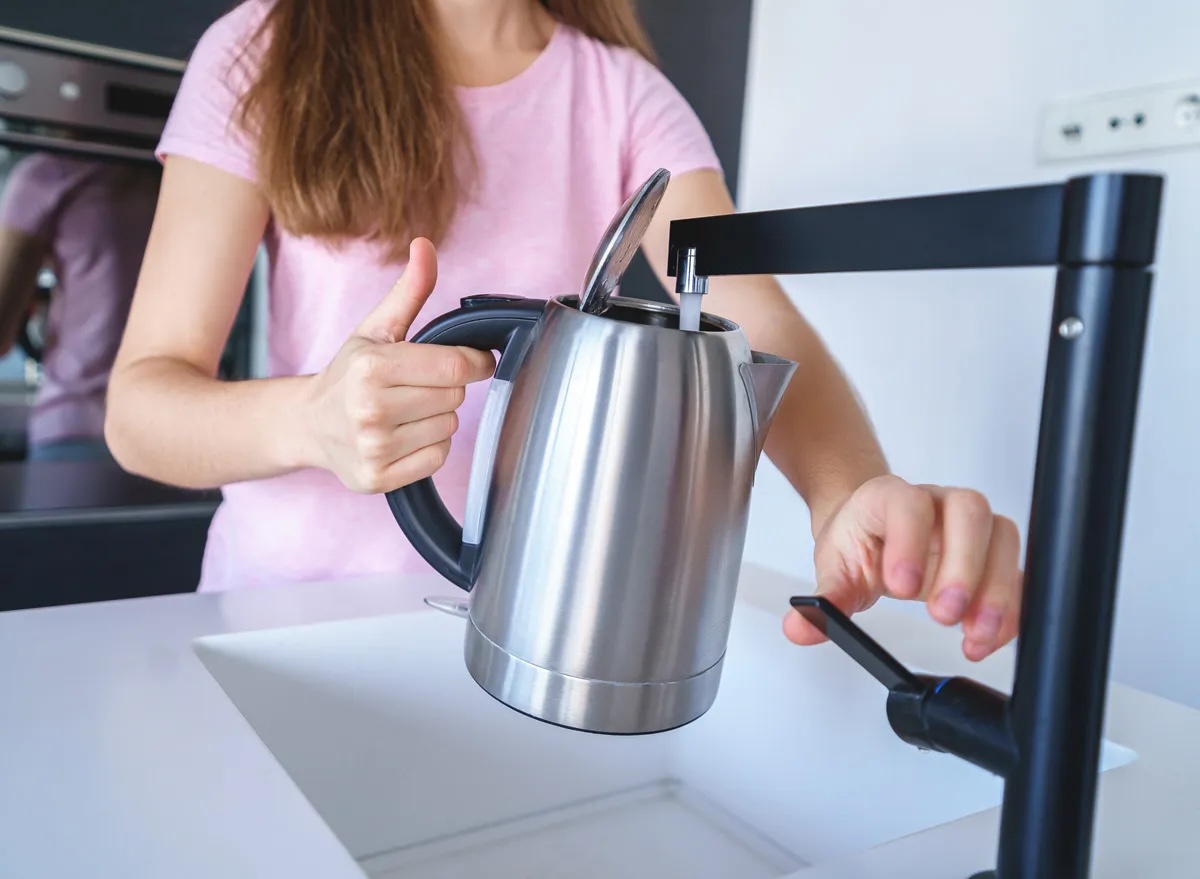
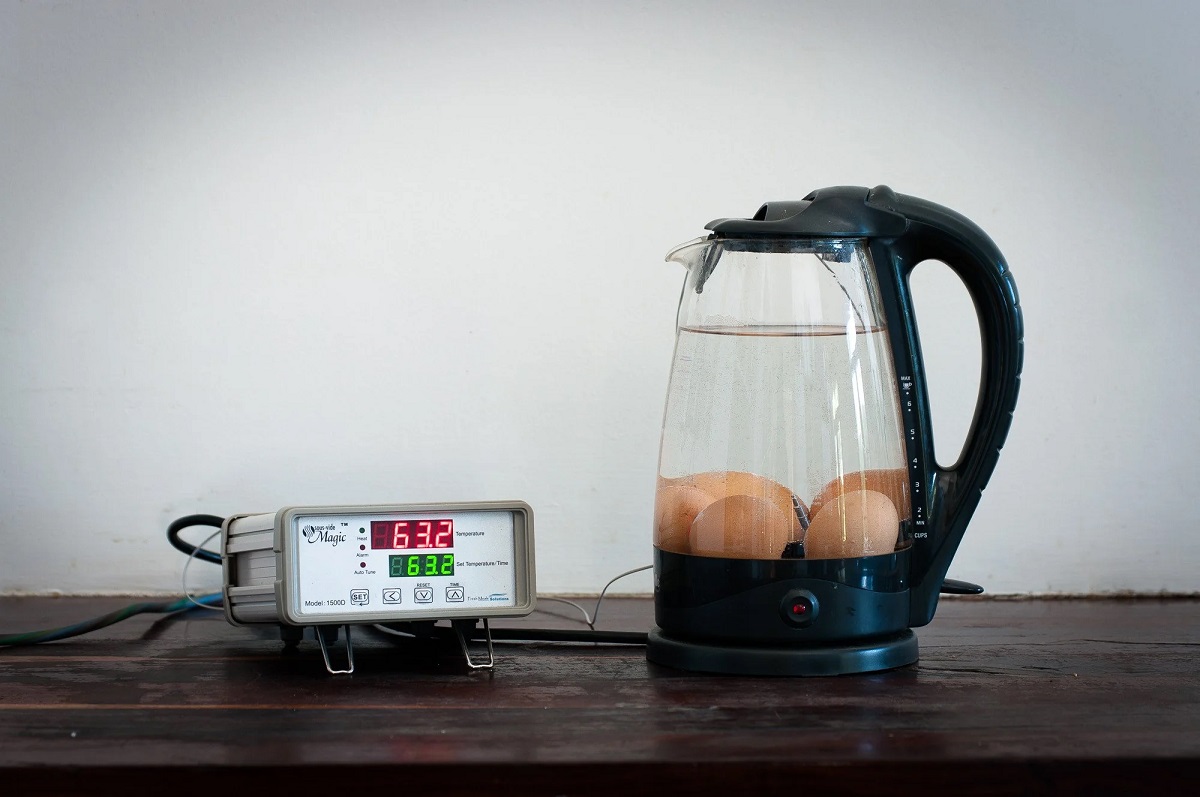
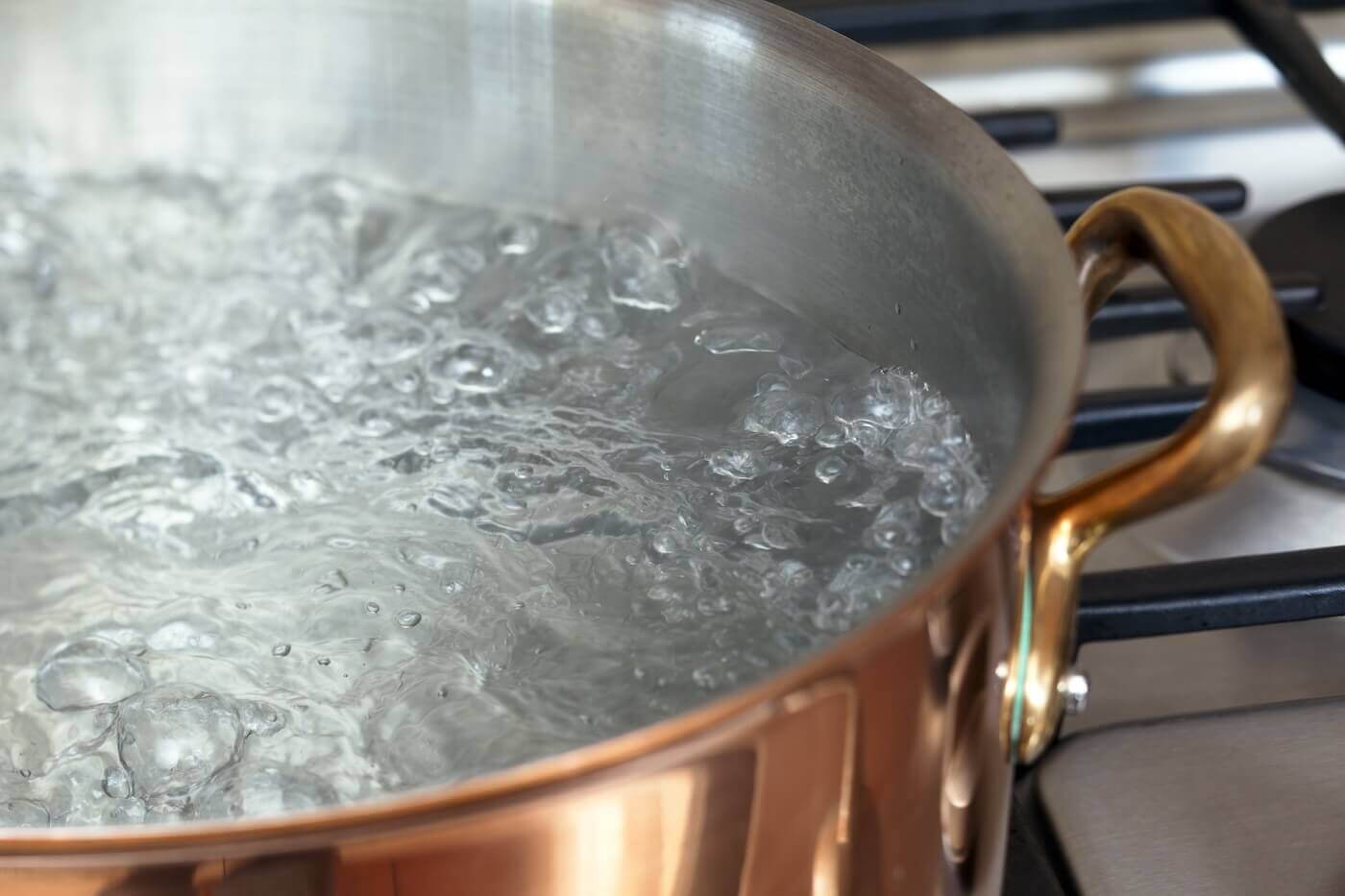
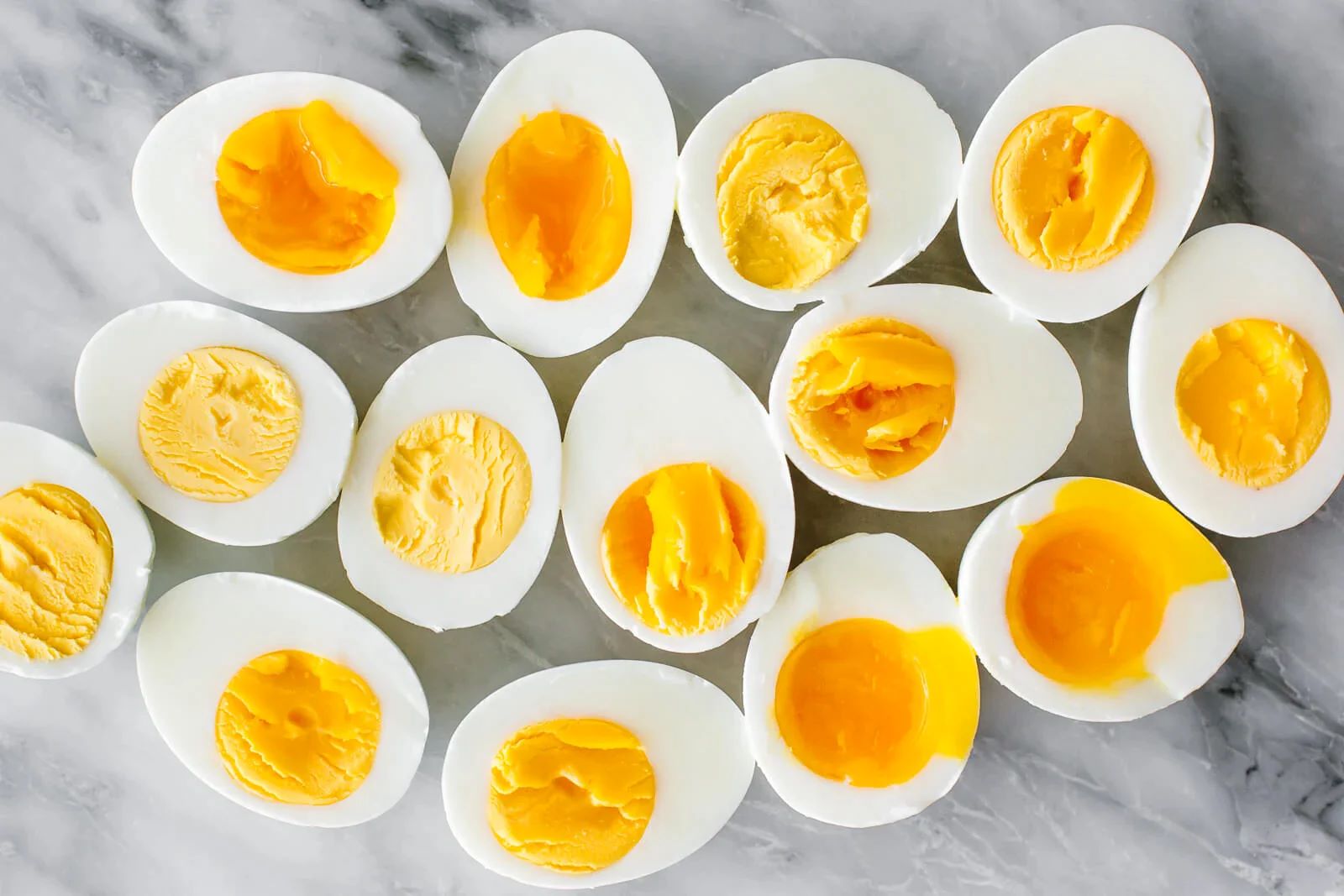
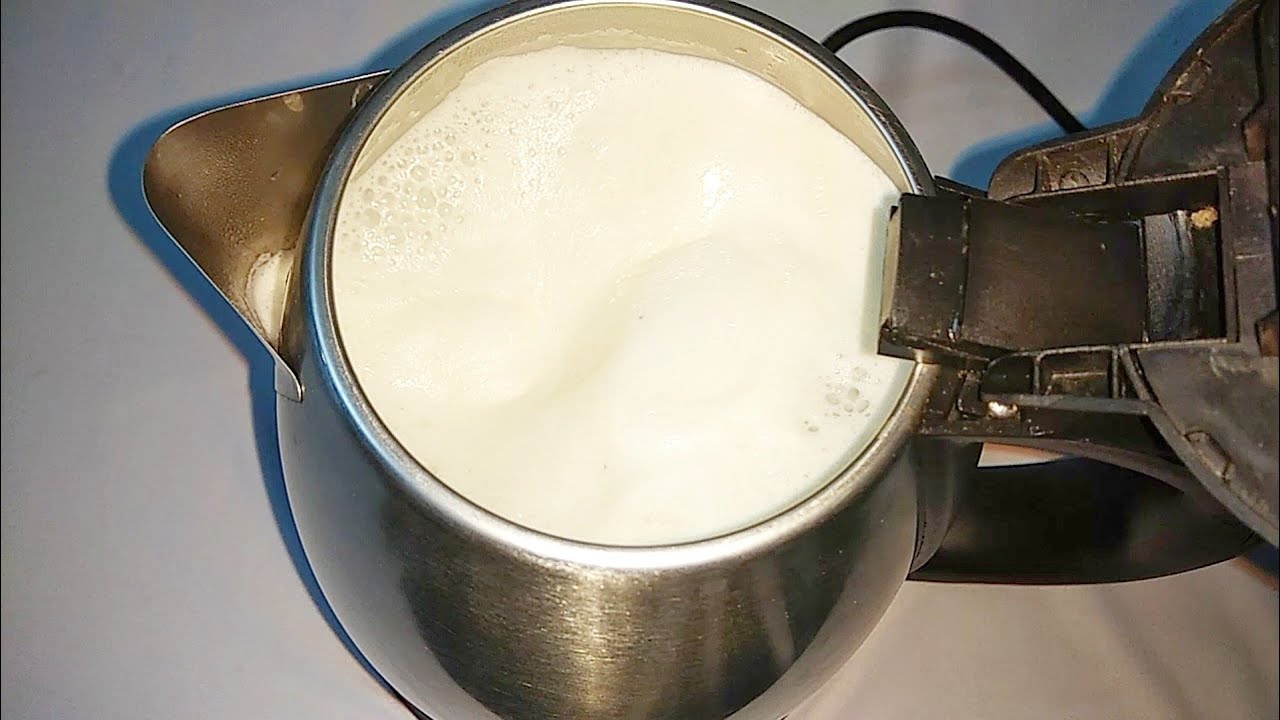
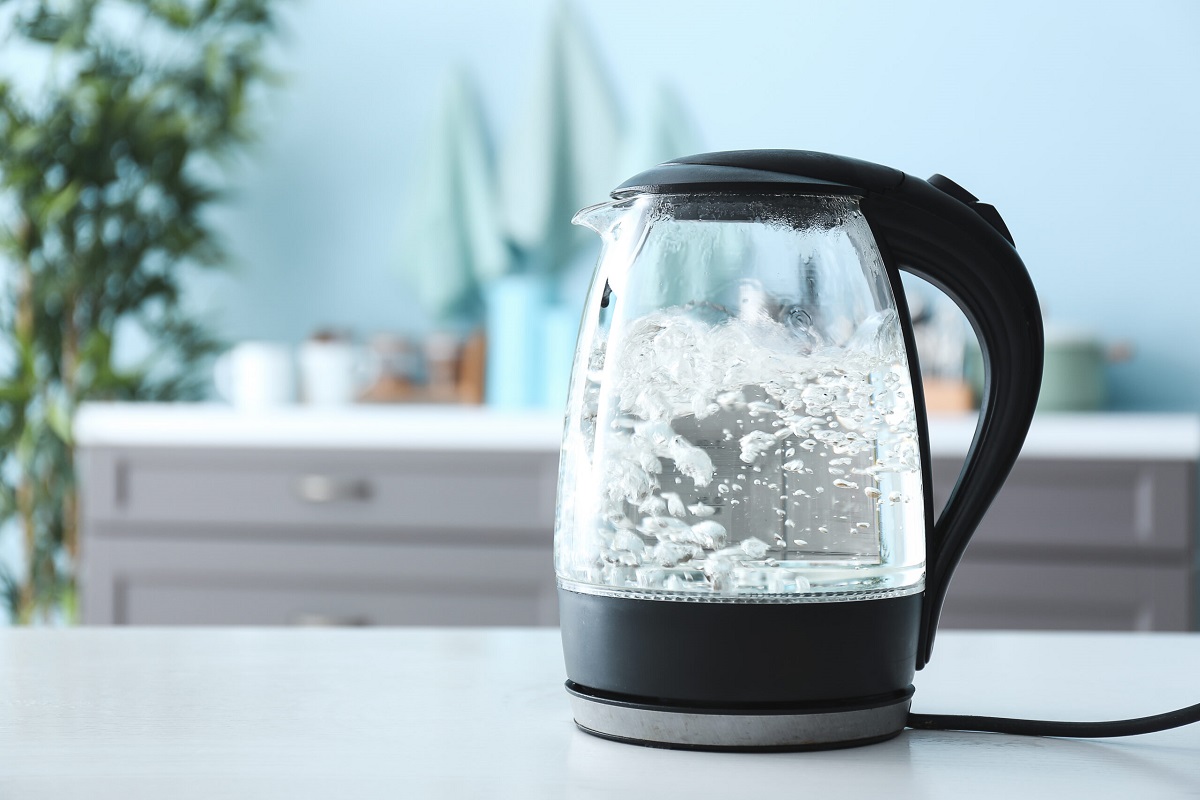
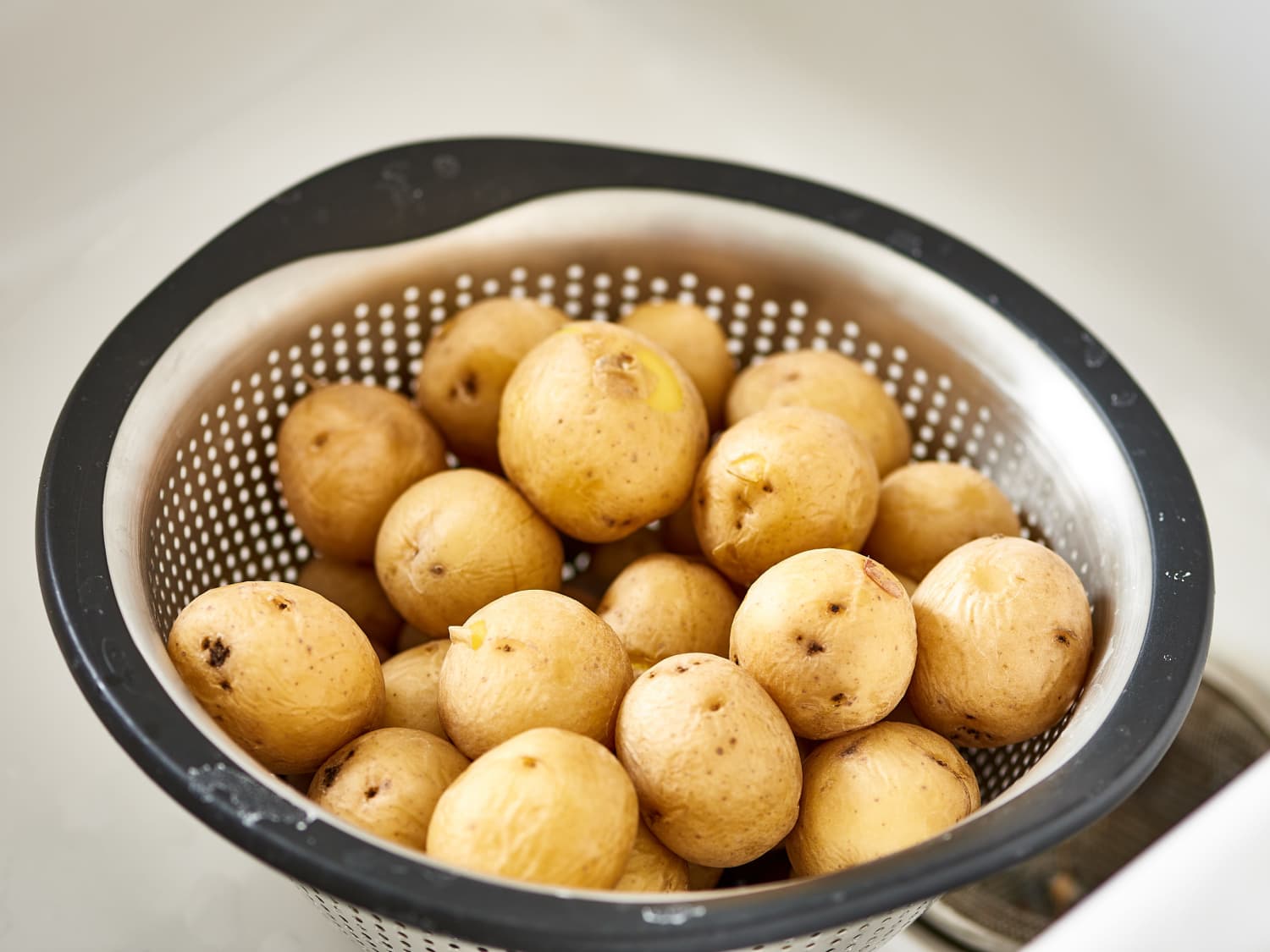
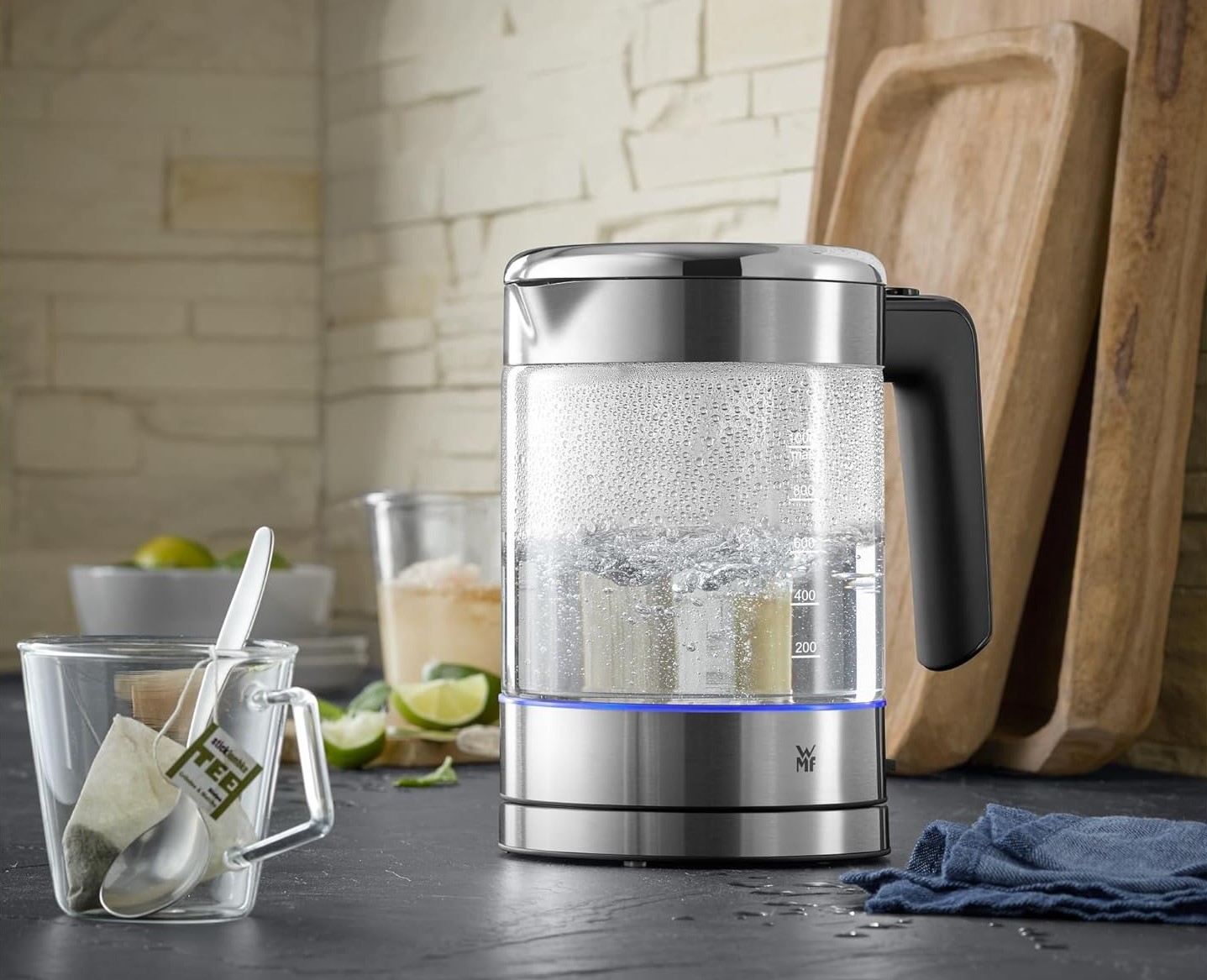
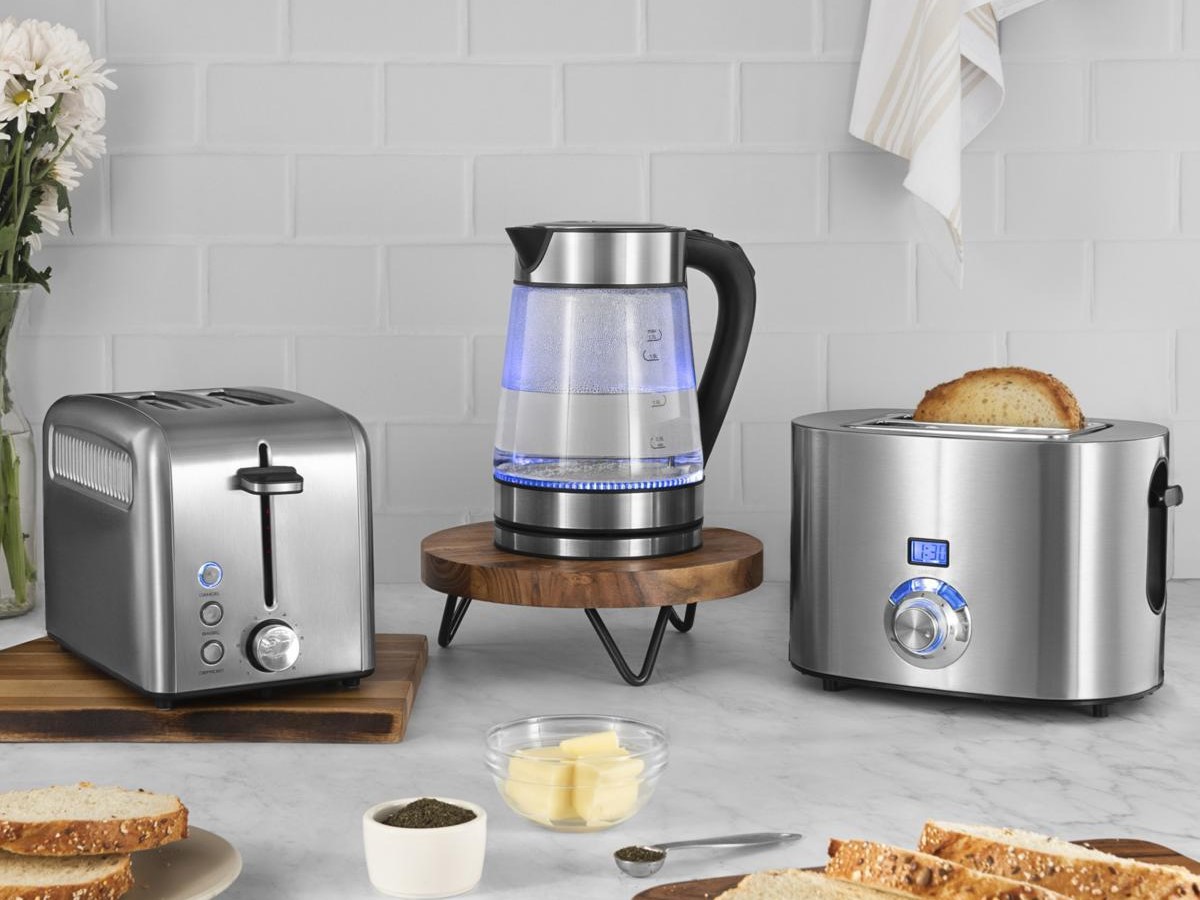
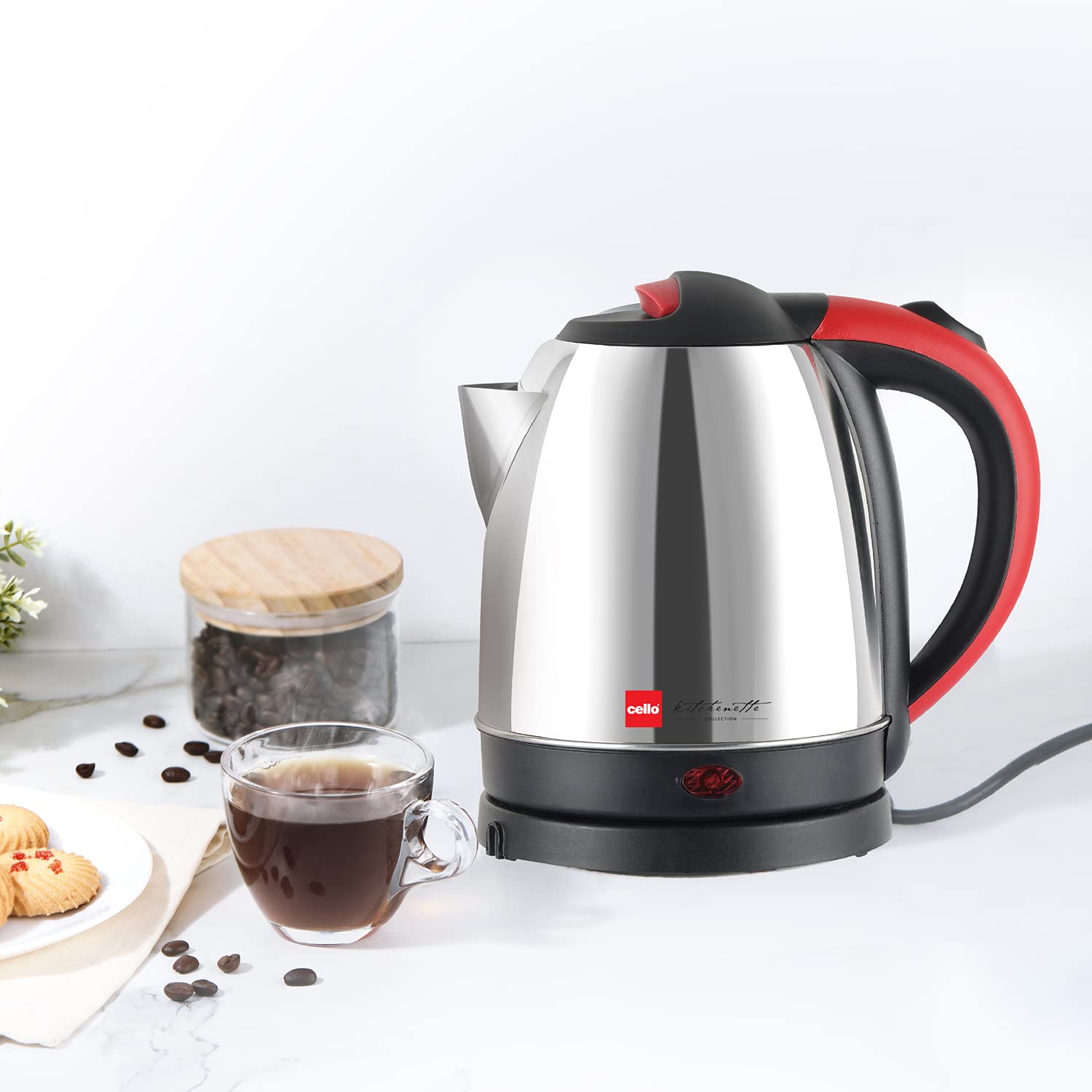
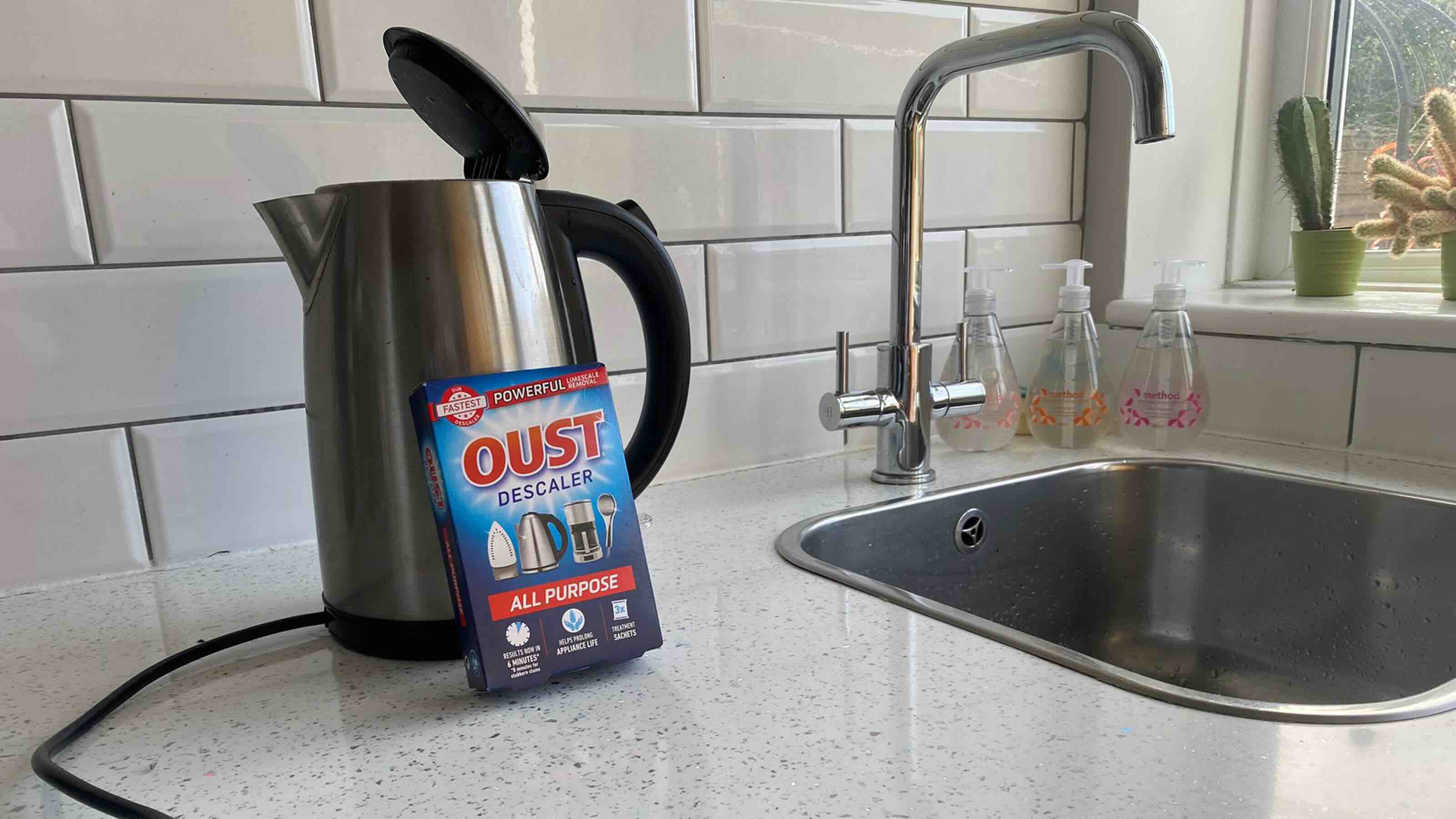
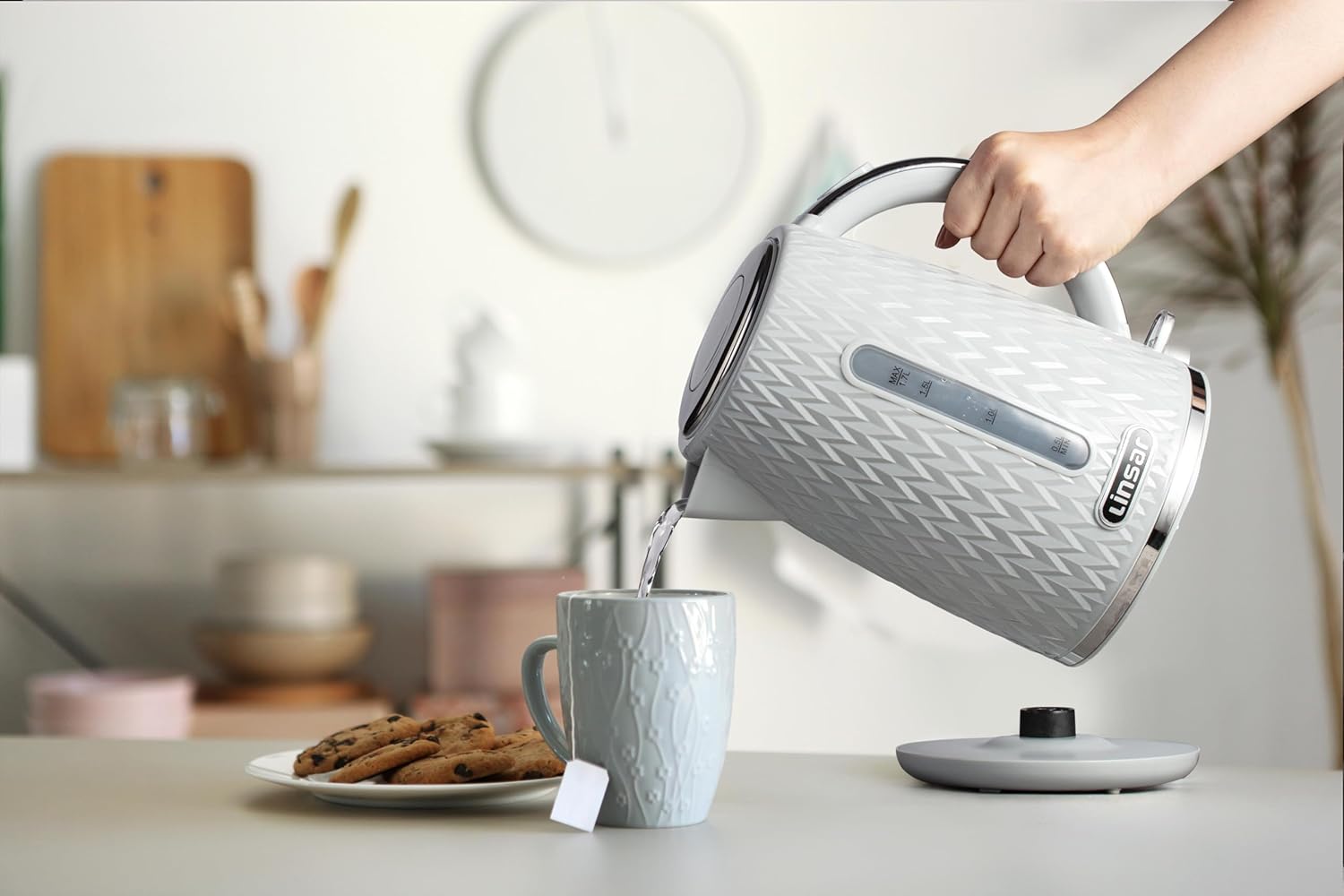
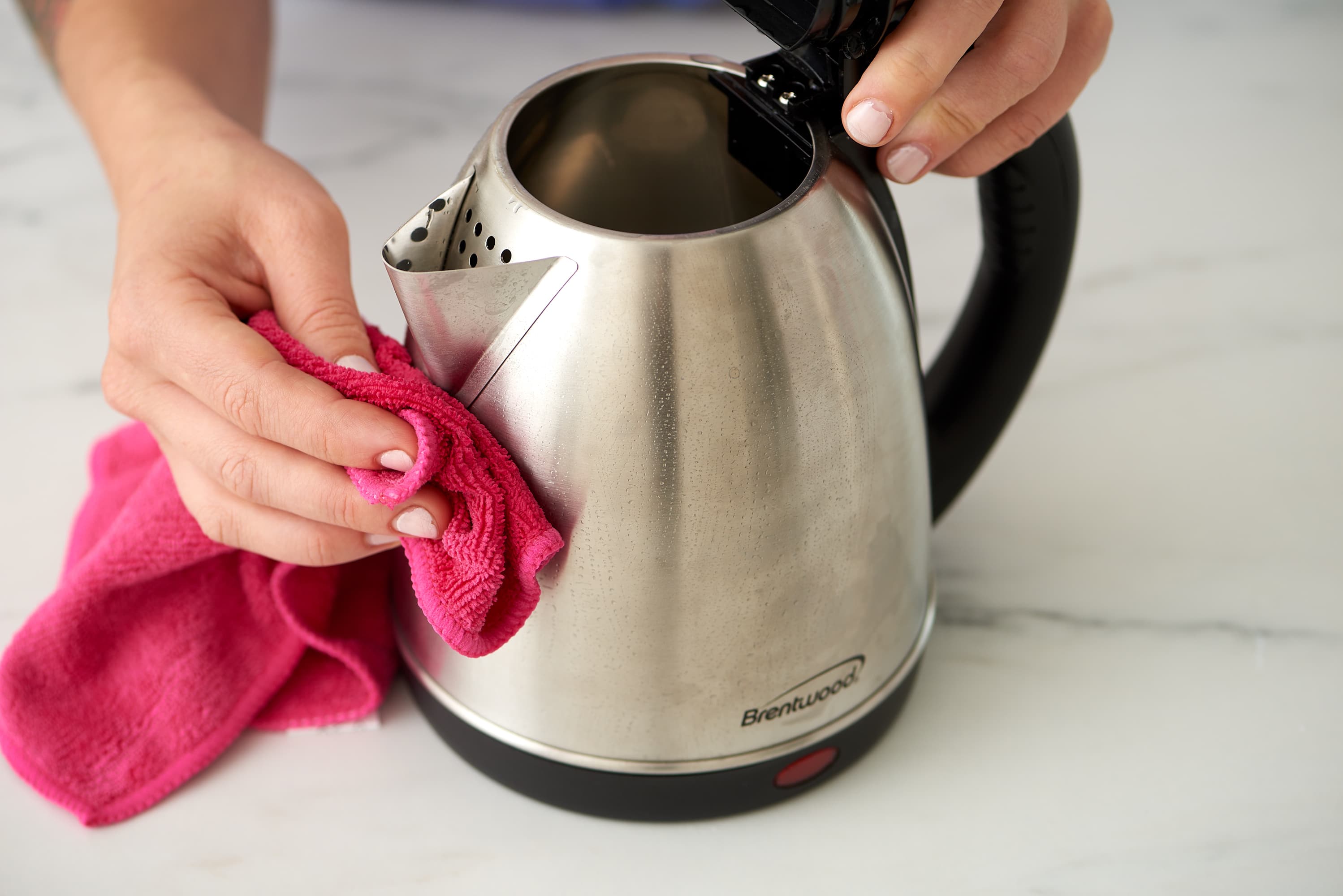
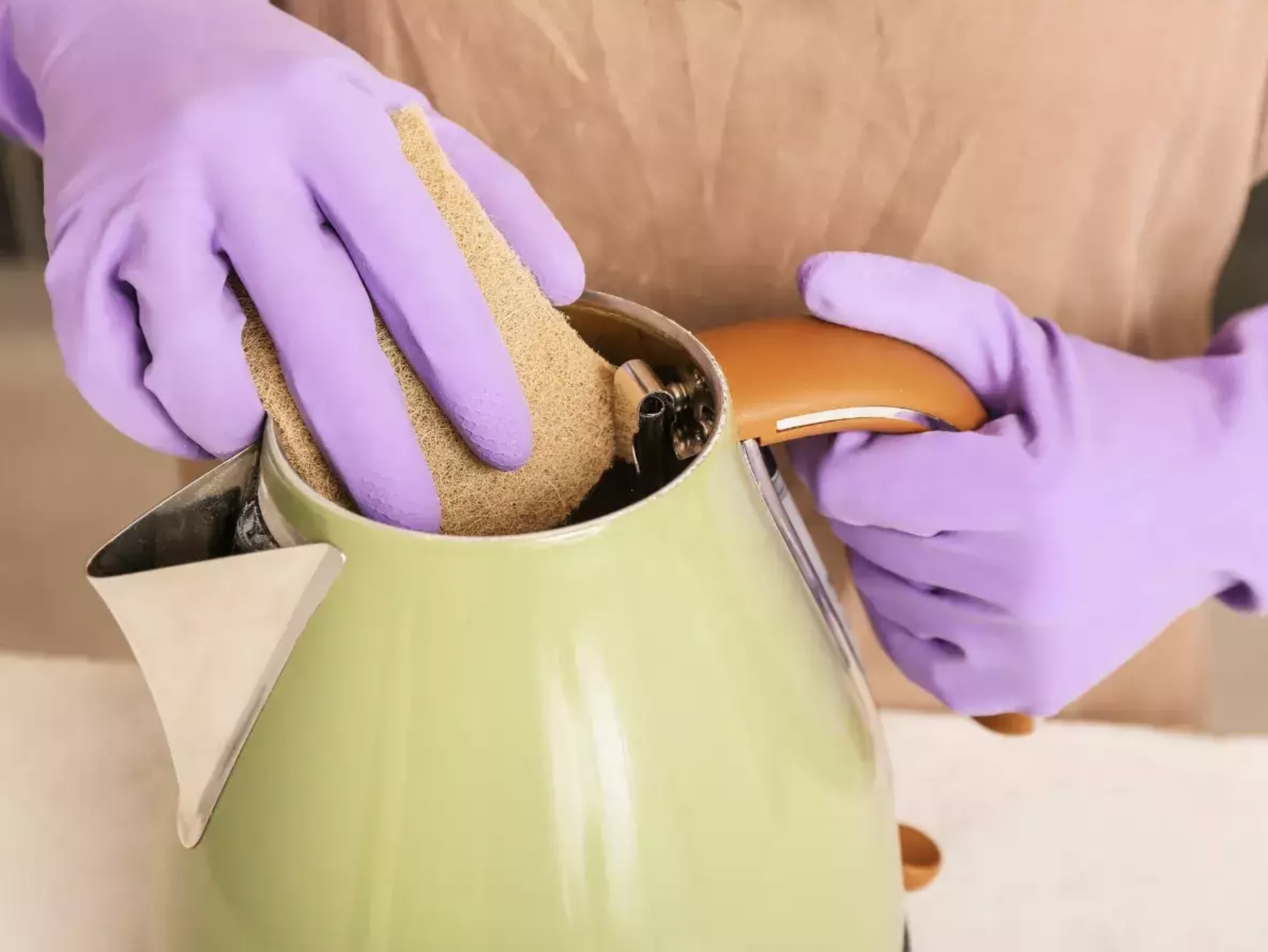
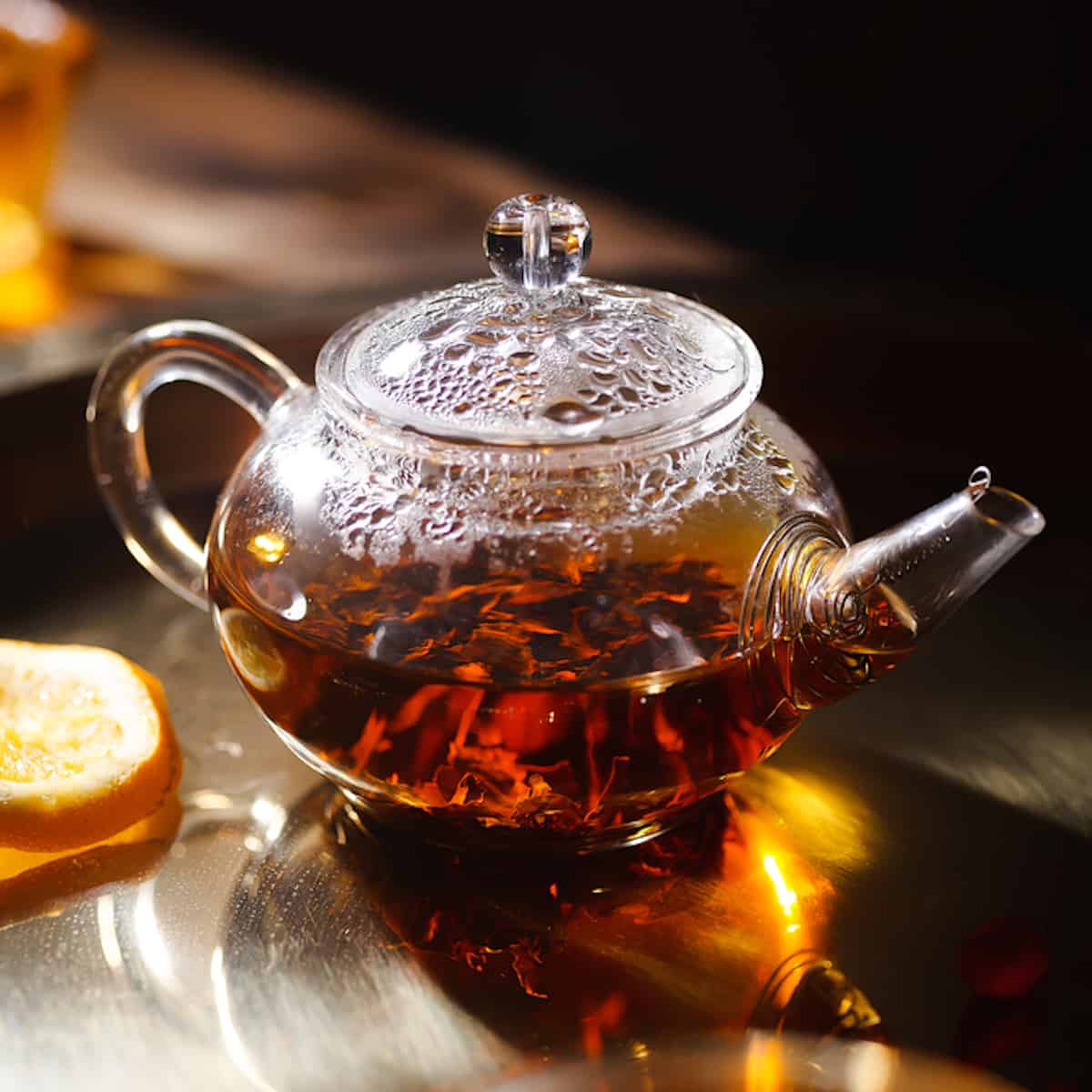

0 thoughts on “How To Boil Water Without A Kettle”